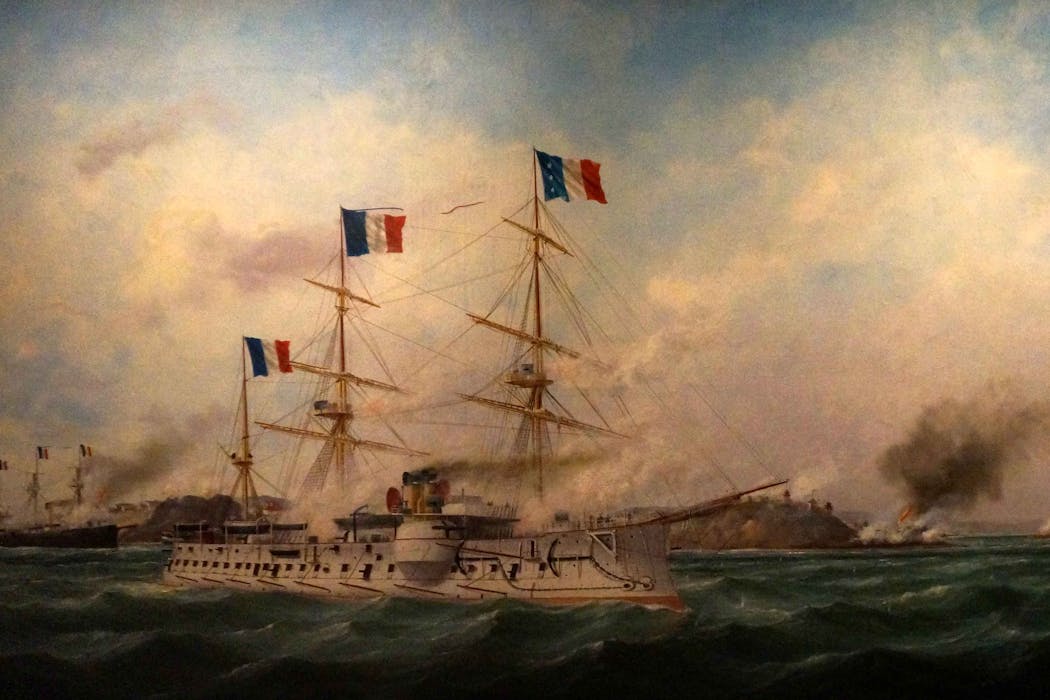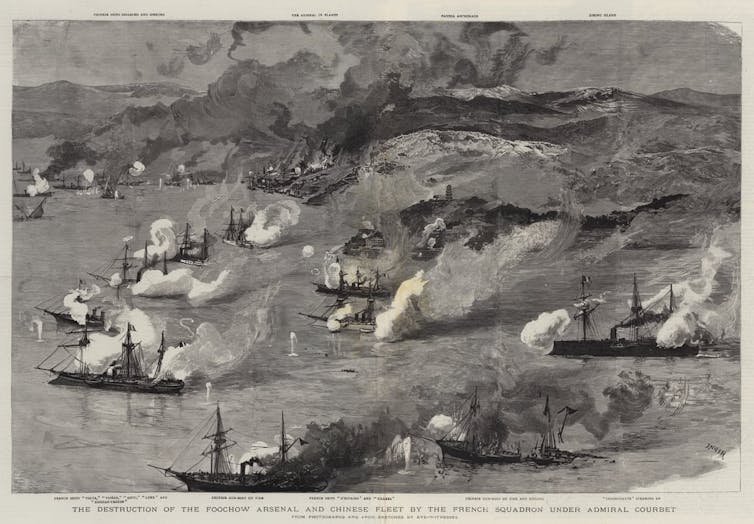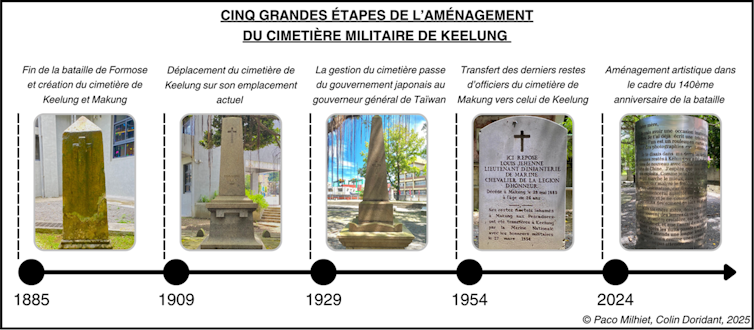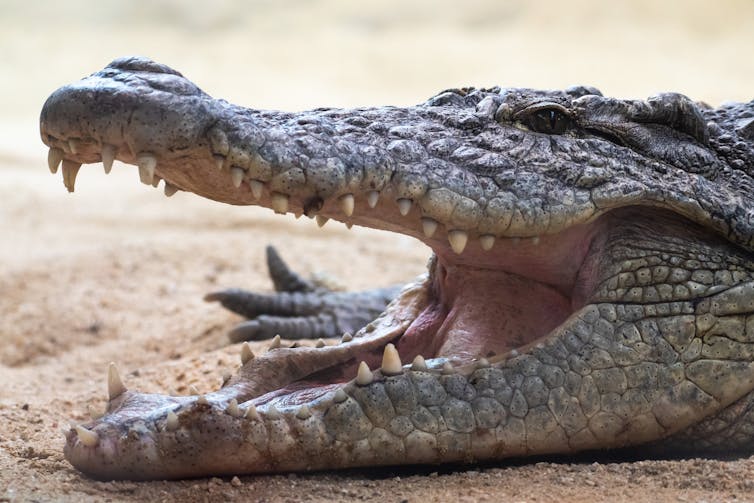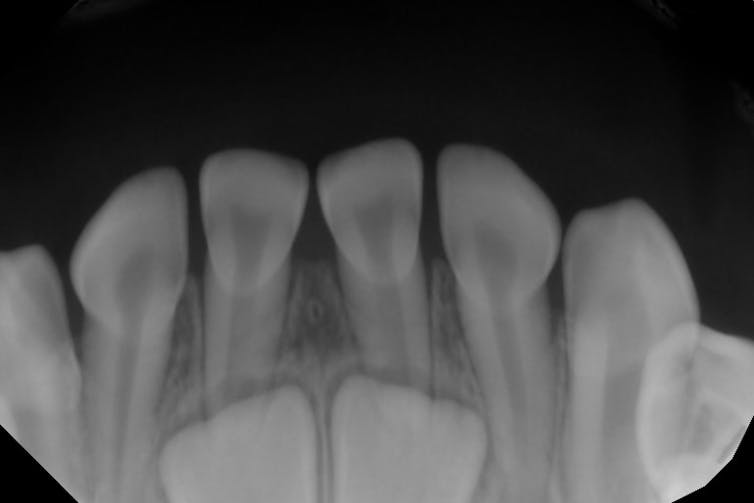Source: The Conversation – France (in French) – By Lisa d’Argenlieu, Doctorante en management, Université Paris Dauphine – PSL
Entre l’autonomie des établissements et la montée d’un marché scolaire officieux, l’idéal du collège unique instauré il y a cinquante ans se fissure. Mais, sur le terrain, a-t-il été réellement été mis en œuvre ? Et comment aider les établissements à affronter les enjeux d’attractivité actuels ?
2025 marque le cinquantième anniversaire d’une célèbre loi : la loi Haby, qui instaure le collège unique, présente dans tous les discours sur les enjeux de méritocratie, et vue comme l’un des derniers chaînons d’égalité des chances et d’ascenseur social.
En cinquante ans, cet idéal s’est toutefois fissuré sous l’effet conjugué de l’autonomisation des établissements scolaires et des enjeux croissants de concurrence, provoqués par les différentes brèches légales à la carte scolaire.
Les chercheurs en sciences de l’éducation font état de cette évolution, provoquée par les dérogations stratégiques, les déménagements dans le secteur d’un collège ou encore la fuite vers le privé et intensifiée par la baisse démographique, l’augmentation de la ségrégation sociale et la pression aux résultats.
Dès lors, quelle forme prend l’idéal d’un collège unique tiraillé entre unification du programme et liberté des parents ? Le collège se retrouve désormais au cœur d’un marché scolaire officieux ou officiel, « l’espace d’interdépendance local ». A travers des pratiques de marketing scolaire, le système censé offrir le même vécu à tous les adolescents français se transforme.
Le collège unique a-t-il réellement existé ?
La Loi Haby traduit l’espoir d’une éducation commune à tous les jeunes, d’un report des échéances d’orientation et d’une élévation globale du niveau d’études. Elle a changé la façon dont l’école se définit. En décalant à 16 ans l’orientation professionnelle, les espoirs d’éducation de toutes les générations à venir ont été modifiées.
Le collège unique, c’est avant tout l’espoir d’une mixité sociale. Il repousse les logiques de tri social et de ségrégation de genre. Cette réforme s’inscrit dans une histoire longue et progressive d’ouverture de l’école. En 1975, tous les élèves fréquentent le même collège, et le brevet des collège remplace tous les diplômes de cette tranche d’âge.
Mais, derrière cet idéal, les interprétations divergent. Le collège unique est-il celui d’une homogénéité sociale et culturelle ou d’une égalité des chances à toute filière ? Au début des années 2000, dans le projet de loi sur la refondation de l’école, le député Yves Durand déclare que « le collège unique est une fiction ou, tout au plus, une appellation qui ne répond à rien ».
Dès sa mise en œuvre, il a dû aménager son idéal en proposant des dispositifs compensatoires pour réduire les inégalités de capital social, culturel et économique : sections d’éducation spécialisée (précurseurs des section d’enseignement général et professionnel adapté, Segpa), soutien ciblé, dispositif d’éducation prioritaire à partir des années 1980 (ZEP, puis REP et REP+). Pourtant, quarante ans plus tard, les écarts de réussite entre établissements demeurent forts. Peut-on alors encore parler d’un collège unique et de méritocratie, ou faut-il reconnaître un dualisme proche de celui qui opposait hier collèges d’enseignement secondaire (CES) et collèges d’enseignement généraux (CEG) ?
De l’autre côté du spectre, les familles ont progressivement remis en cause le principe du collège de secteur, pierre angulaire du collège unique. Dès les années 2000, et plus encore depuis 2007, avec l’assouplissement de la carte scolaire, les recherches en sciences de l’éducation montrent une montée des stratégies parentales de contournement. Ces stratégies d’évitement consistent à jouer avec les marges offertes par le système : demandes de dérogations motivées par des options sélectives, déménagement vers le secteur d’un collège spécifique, fuite vers le privé.
La montée d’un marché scolaire officieux
Le choc des savoirs a été décrié dans la presse comme l’effondrement du collège unique. Mais est-il vraiment le premier coup de bulldozer ou est-il le dernier à enlever la poussière d’un monument longtemps effondré ? Réorganisation en groupes de niveaux, multiplications des dispositifs différenciées : toutes ces mesures peuvent traduire la fin d’un idéal d’enseignement commun.
En 2007, les sociologues de l’éducation mettent en évidence le marché scolaire officieux français. Entre journées portes ouvertes, travail sur la réputation, ouverture d’options ou de sections bilingues, l’attractivité devient centrale dans le pilotage des établissements. Ce phénomène a été pointé par le mouvement #PasDeVague : la peur de la mauvaise publicité conduit certains chefs d’établissement à dissimuler les incidents, afin de préserver leur réputation.
Dans un contexte où la démographie baisse et où la mixité sociale s’effondre entre les établissements, certains établissements jouent leur survie. Et ceux qui semblent pécher sur le plan de l’attractivité travaillent sur leurs audiences, cherchent à devenir les meilleurs de leur créneau, voire à obtenir un solde de dérogation positive en REP.
Ces initiatives traduisent certes une adaptation, mais aussi un renoncement au collège unique : en lieu d’émancipation, les collèges deviennent des reflets des réalités locales et de la diversité de visions de ce qu’est « un bon collège ». Dans une étude menée en 2022 pour comprendre la manière dont les parents perçoivent le marketing scolaire en France, il en ressort une conscience des parents vis-à-vis de l’usage du marketing dans les écoles. Cependant, ce marketing peut être mal perçu, comme le montre cette parole de parent en collège public :
« Le collège, il n’est pas là pour se vendre. Et nous, on n’est pas des clients, on n’est pas là pour choisir notre collège. »
Néanmoins, les parents peuvent apprécier à la fois les opportunités pour leurs enfants mais aussi les efforts que l’école met pour se différencier :
« Notre fille a trouvé ça fantastique le spectacle de la chorale et ça lui a donné super envie d’y aller donc c’est super pour la réputation. »
Le collège, entre échecs et transformations
Comme tout bien social, le collège n’a pas échappé à la logique de la massification : plus d’accès nécessite de se différencier par d’autres moyens. À mesure que le collège est devenu universel, il a vu émerger en son sein de nouvelles formes de hiérarchisation : options sélectives, filières élitistes, stratégies de distinction entre établissements. Comme l’écrivait François Dubet, dans ce contexte, « chaque acteur, chaque famille, a intérêt à accentuer ses avantages et accroître les inégalités scolaires en choisissant les formations, les filières et les établissements les plus efficaces ».
Le collège unique, tel que pensé en 1975, semble révolu. Mais doit-on y voir un échec, ou une transformation ? Et vers quoi ? Si l’on accepte que les établissements doivent se rendre attractifs, alors le marketing scolaire, encadré, peut-il être envisagé, non comme une défaillance, mais comme un levier de transparence et d’informations parmi tous les dispositifs de rééquilibrage ?
L’enjeu serait alors de donner les mêmes outils à tous les personnels d’éducation, d’offrir à leurs collèges un marketing scolaire adapté, sans dénigrer les autres mais en rendant les élèves fiers de leur établissement, et en leur permettant de se différencier sur leurs forces pour obtenir une mixité sociale de familles en accord avec le projet d’établissement.
![]()
Lisa d’Argenlieu ne travaille pas, ne conseille pas, ne possède pas de parts, ne reçoit pas de fonds d’une organisation qui pourrait tirer profit de cet article, et n’a déclaré aucune autre affiliation que son organisme de recherche.
– ref. Le collège unique, une ambition révolue ? – https://theconversation.com/le-college-unique-une-ambition-revolue-260959

